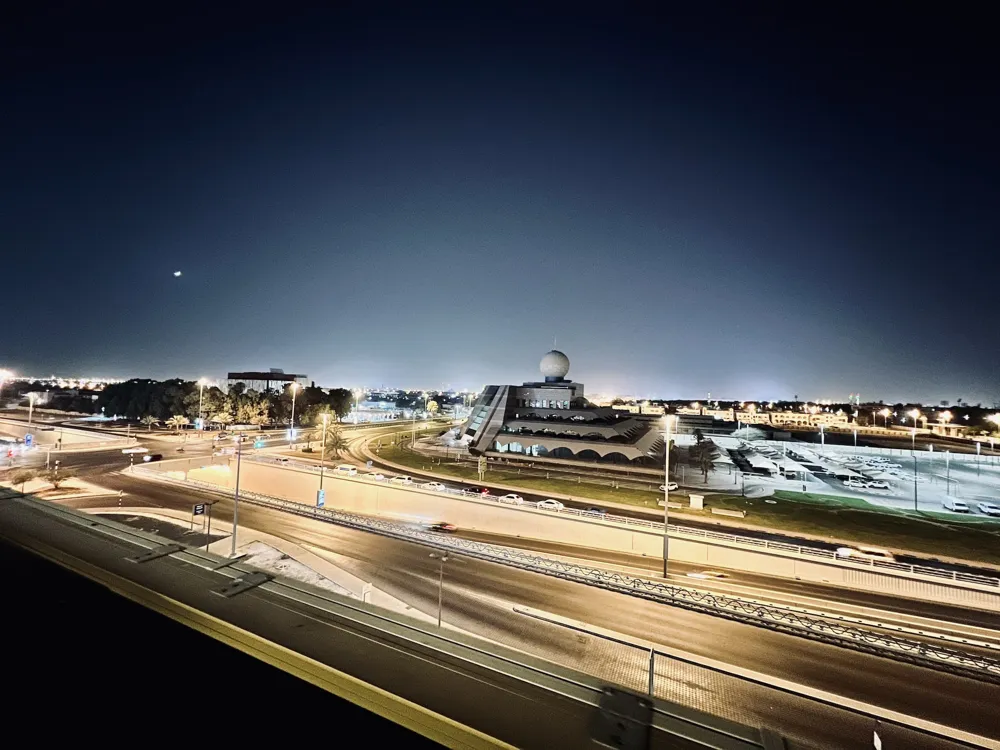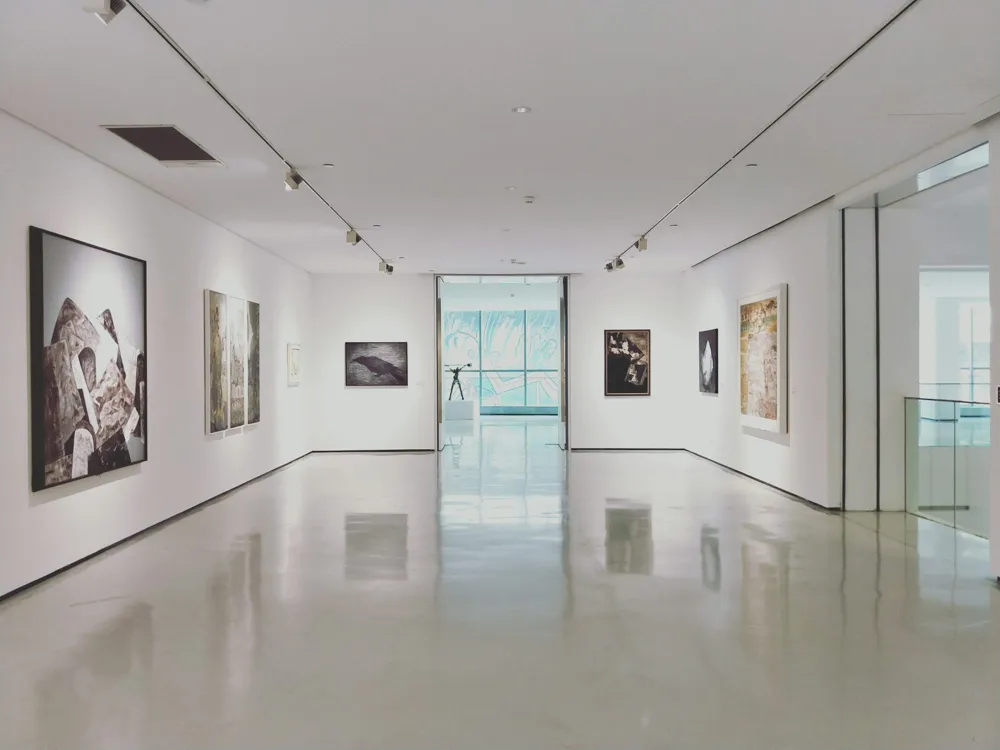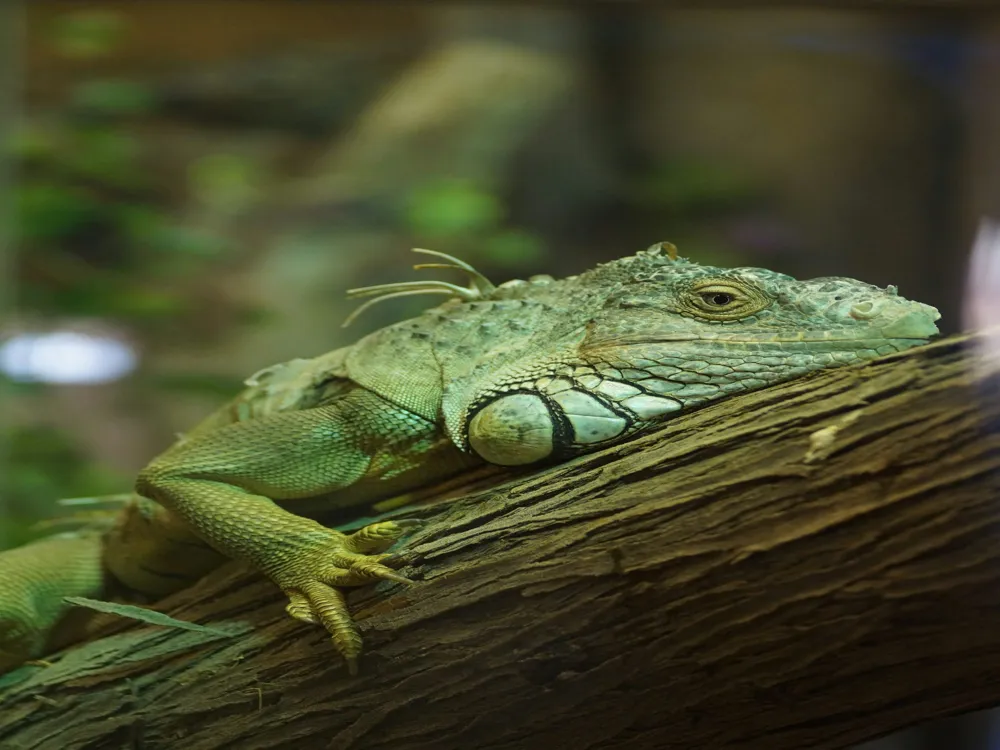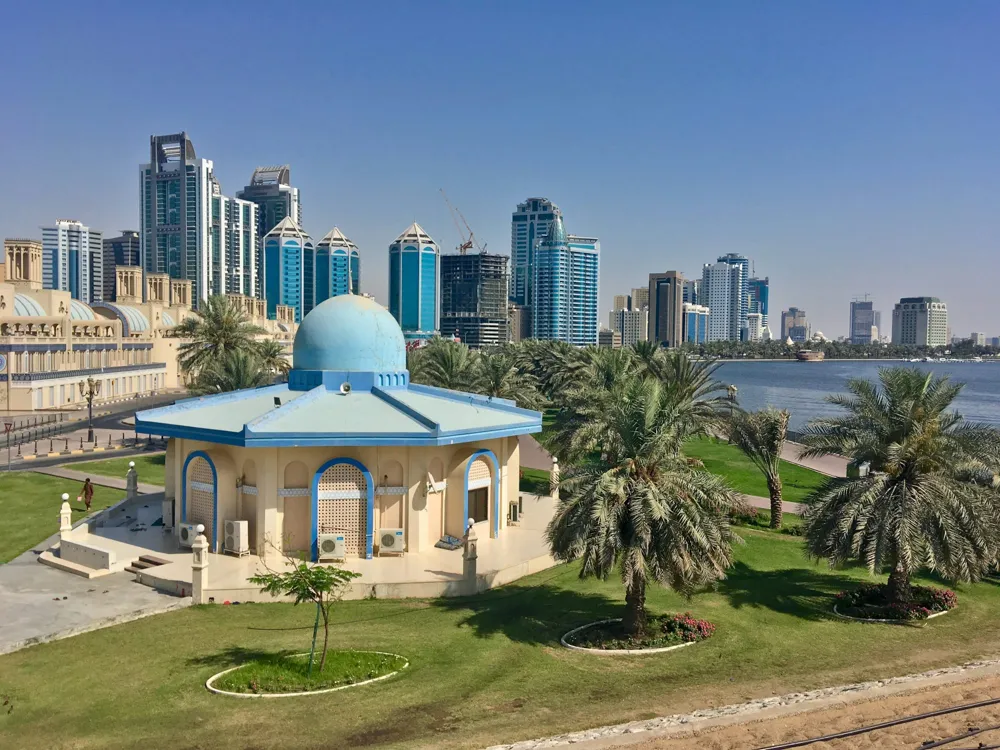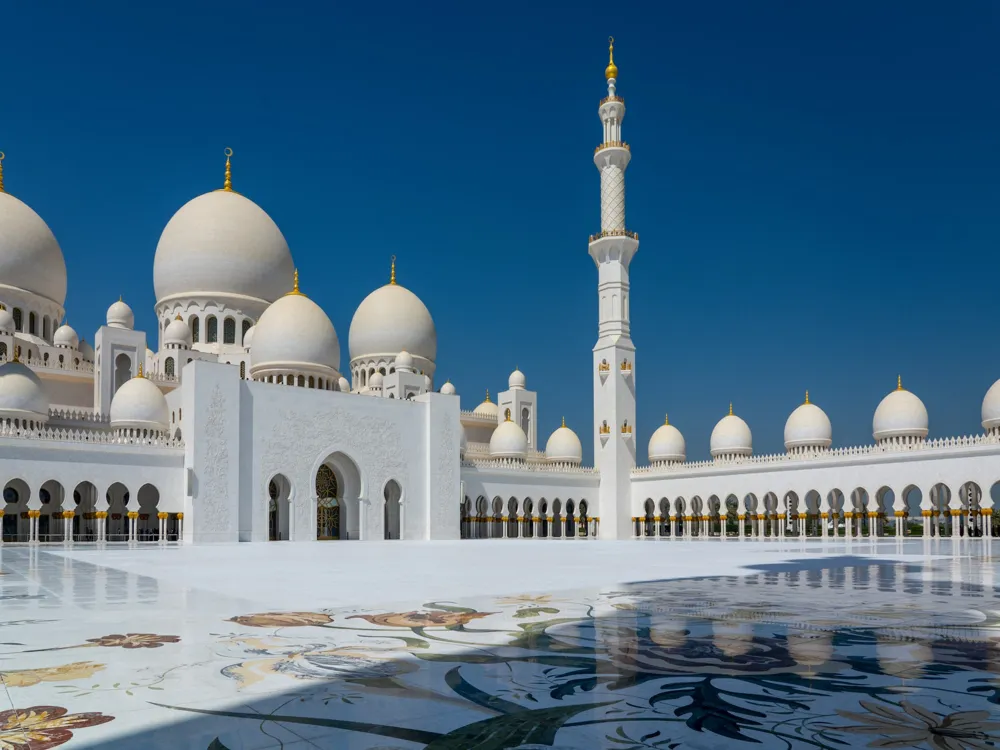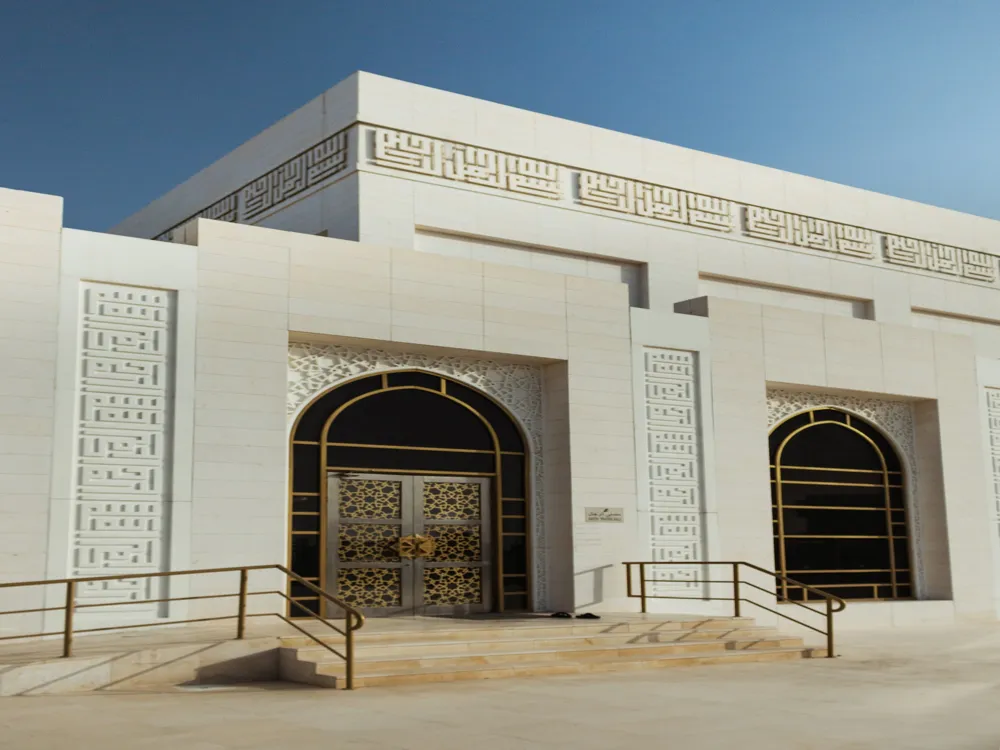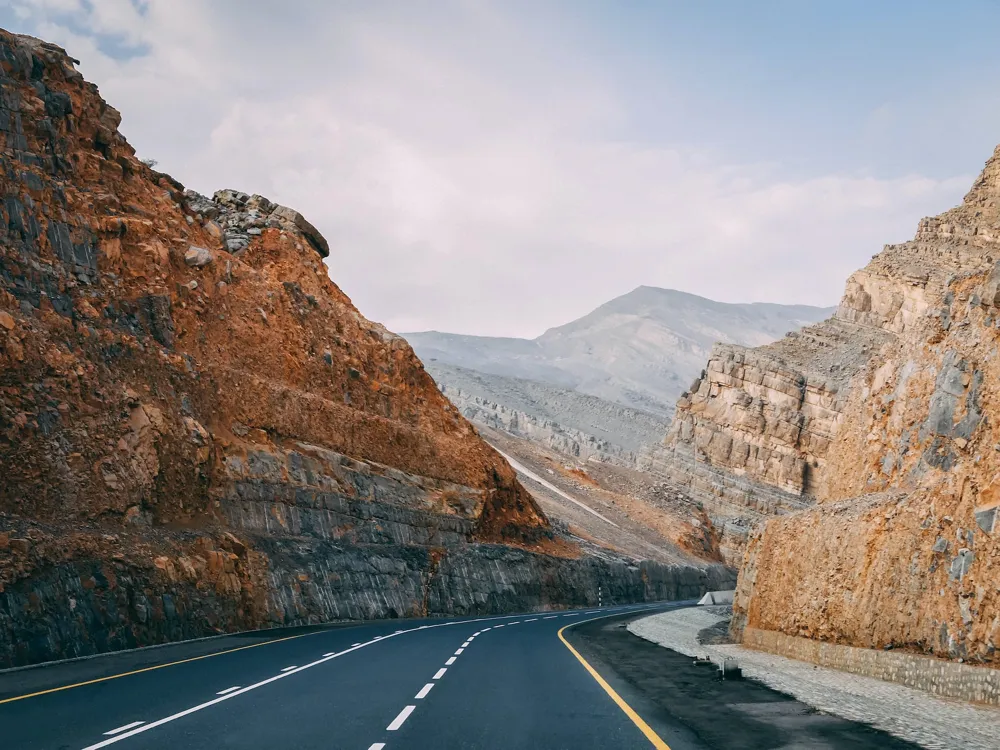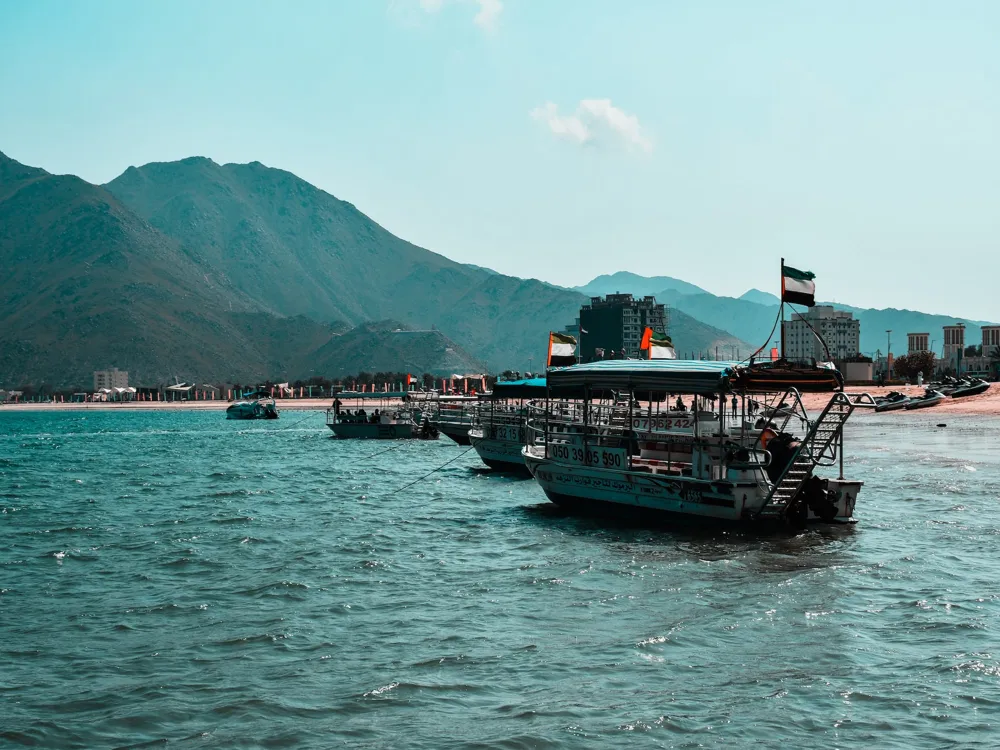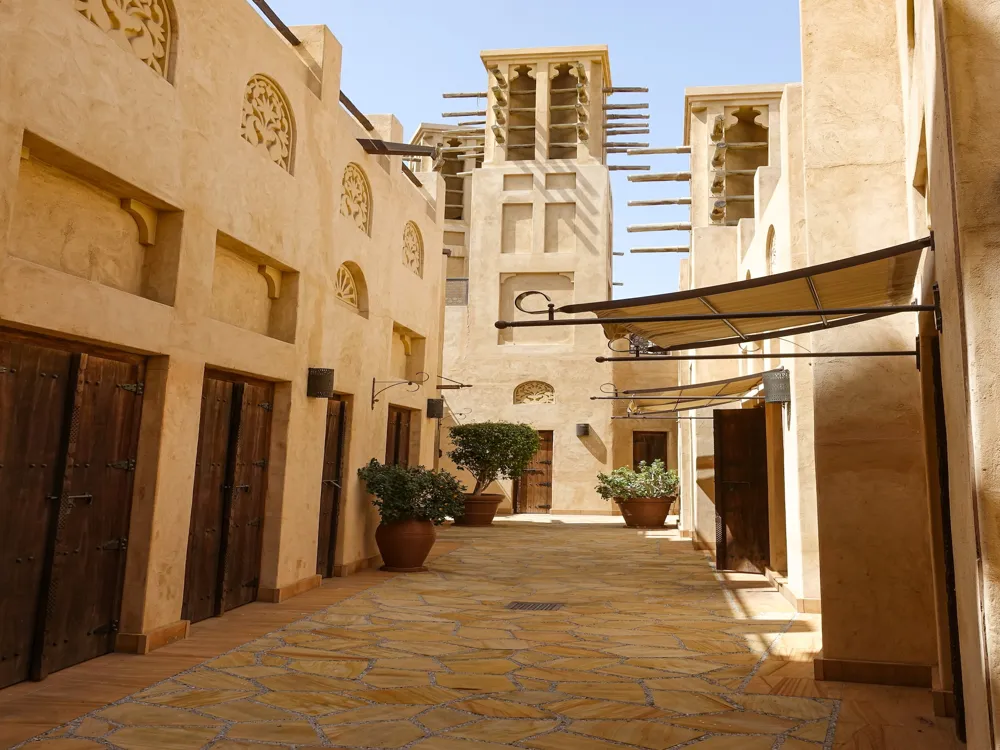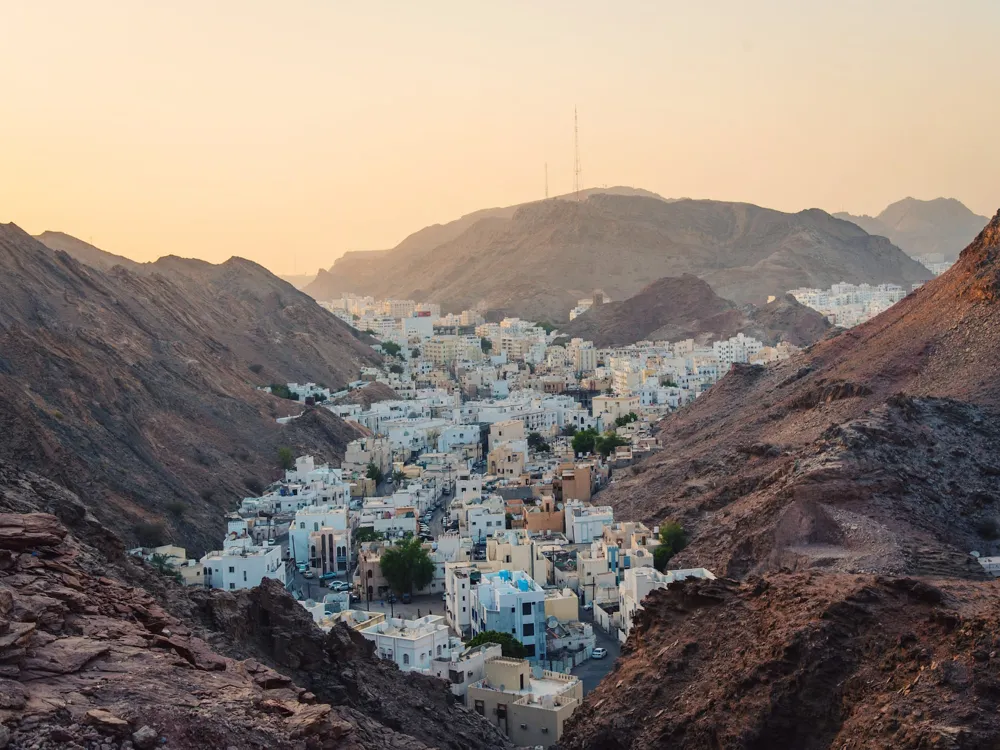Al Ain Oasis, a breathtaking natural wonder in the heart of the United Arab Emirates, stands as a testament to the region's rich history and cultural heritage. Stretching over an area of approximately 1,200 hectares, this verdant oasis is a symphony of over 147,000 date palms, comprising more than 100 different varieties. It's not just a natural wonder, but also a vital piece of the agricultural history of the UAE, offering a unique glimpse into the traditional methods of farming and irrigation that have sustained life in this arid region for millennia. The oasis is a part of Al Ain city, known as the Garden City due to its greenery, and is a UNESCO World Heritage Site. Its historical significance is tied to the ancient falaj irrigation system, a sophisticated network of underground and surface channels that have been providing water to the area for thousands of years. This system is a marvel of early engineering, demonstrating the ingenuity of past civilizations in creating sustainable living conditions in challenging environments. Visitors to Al Ain Oasis can expect to be enchanted by the serene atmosphere, the rustling of palm leaves, and the cool shade provided by the dense canopy. The paths winding through the oasis are lined with traditional mud-brick structures, further adding to the authentic feel of the place. This living cultural landscape is not only a source of agricultural bounty but also a serene retreat from the bustle of modern life, offering a unique blend of history, nature, and tranquility. The architecture of Al Ain Oasis is a remarkable blend of traditional design and functional ingenuity, reflecting the adaptation of human settlements to the harsh desert environment over the centuries. The most striking feature of this architecture is the falaj irrigation system, an ancient network that has been the lifeblood of the oasis for thousands of years. This ingenious system, which taps into underground water sources, is a testament to the early technological advancements in water management and distribution. The structural elements within the oasis, including traditional mud-brick houses, reflect the local building techniques that utilize natural materials available in the region. These houses, with their thick walls and small windows, are designed to keep the interiors cool and comfortable, demonstrating an early understanding of climate-responsive architecture. The use of mud and palm trunks in construction not only provided insulation against the heat but also blended harmoniously with the natural surroundings, creating an aesthetic that is both functional and pleasing to the eye. Among the architectural wonders in Al Ain Oasis are the ancient watchtowers. These towers, strategically placed at various points throughout the oasis, were used for surveillance and protection against potential invaders. Their design, typically circular with narrow openings, is a fine example of the defensive architecture of the time. Additionally, the oasis features several traditional majlis (meeting spaces), mosques, and marketplaces, each contributing to the rich architectural tapestry of the area. The ideal time to visit Al Ain Oasis is between October and April when the weather is cooler and more pleasant for outdoor activities. Consider taking a guided tour to learn about the history and workings of the falaj irrigation system and the traditional agricultural practices. Visitors should dress conservatively, respecting the local customs and culture, especially when visiting religious sites within the oasis. Reaching Al Ain Oasis is quite straightforward, with several transportation options available. For those traveling by car, the oasis is about a 90-minute drive from Abu Dhabi and a 120-minute drive from Dubai. There are clear signages along the way, making it easy to navigate to the destination. Public transportation options include buses from major cities like Abu Dhabi and Dubai. These buses are comfortable, affordable, and offer a convenient way to reach Al Ain city. Once in Al Ain, the oasis is accessible by local taxis or even by walking, as it is located in the central part of the city. Read More:Overview of Al Ain Oasis
Architecture of Al Ain Oasis
Tips When Visiting Al Ain Oasis
Best Time to Visit
Guided Tours
Dress Appropriately
How To Reach Al Ain Oasis
Al Ain Oasis
Al Ain
NaN onwards
View al-ain Packages
Weather :
Tags : Historical Site
Time Required : 2 - 3 hours
Planning a Trip? Ask Your Question
Al-ain Travel Packages
View All Packages For Al-ain
Top Hotel Collections for Al-ain

Private Pool

Luxury Hotels

5-Star Hotels

Pet Friendly
Top Hotels Near Al-ain
Other Top Ranking Places In Al-ain
View All Places To Visit In al-ain
Faq on Al-ain
What is Al Ain Oasis in Al Ain?
Al Ain Oasis in Al Ain is a vast expanse of palm groves and agricultural land situated in the city of Al Ain, United Arab Emirates. It is renowned for its historical significance, ecological diversity, and traditional irrigation system known as the falaj.
What can visitors do at Al Ain Oasis?
Visitors to Al Ain Oasis can enjoy leisurely walks through the palm groves, explore the intricate falaj irrigation system, learn about traditional farming methods, and visit historical landmarks such as the Al Ain Palace Museum and the Al Jahili Fort.
Is Al Ain Oasis a UNESCO World Heritage Site?
Yes, Al Ain Oasis, along with other cultural sites in Al Ain, was designated as a UNESCO World Heritage Site in 2011 in recognition of its cultural significance and contribution to sustainable agriculture practices.
Are there guided tours available at Al Ain Oasis?
Yes, guided tours are available at Al Ain Oasis, allowing visitors to learn about the history, ecology, and cultural importance of the oasis from knowledgeable guides.
What is the best time to visit Al Ain Oasis?
The best time to visit Al Ain Oasis is during the cooler months of the year, typically from November to March, when the weather is more comfortable for outdoor exploration.
View al-ain Packages
Weather :
Tags : Historical Site
Time Required : 2 - 3 hours
Planning a Trip? Ask Your Question
Al-ain Travel Packages
View All Packages For Al-ain
Top Hotel Collections for Al-ain

Private Pool

Luxury Hotels

5-Star Hotels

Pet Friendly
Top Hotels Near Al-ain
Other Top Ranking Places In Al-ain
Faq on Al-ain
What is Al Ain Oasis in Al Ain?
Al Ain Oasis in Al Ain is a vast expanse of palm groves and agricultural land situated in the city of Al Ain, United Arab Emirates. It is renowned for its historical significance, ecological diversity, and traditional irrigation system known as the falaj.
What can visitors do at Al Ain Oasis?
Visitors to Al Ain Oasis can enjoy leisurely walks through the palm groves, explore the intricate falaj irrigation system, learn about traditional farming methods, and visit historical landmarks such as the Al Ain Palace Museum and the Al Jahili Fort.
Is Al Ain Oasis a UNESCO World Heritage Site?
Yes, Al Ain Oasis, along with other cultural sites in Al Ain, was designated as a UNESCO World Heritage Site in 2011 in recognition of its cultural significance and contribution to sustainable agriculture practices.
Are there guided tours available at Al Ain Oasis?
Yes, guided tours are available at Al Ain Oasis, allowing visitors to learn about the history, ecology, and cultural importance of the oasis from knowledgeable guides.
What is the best time to visit Al Ain Oasis?
The best time to visit Al Ain Oasis is during the cooler months of the year, typically from November to March, when the weather is more comfortable for outdoor exploration.







